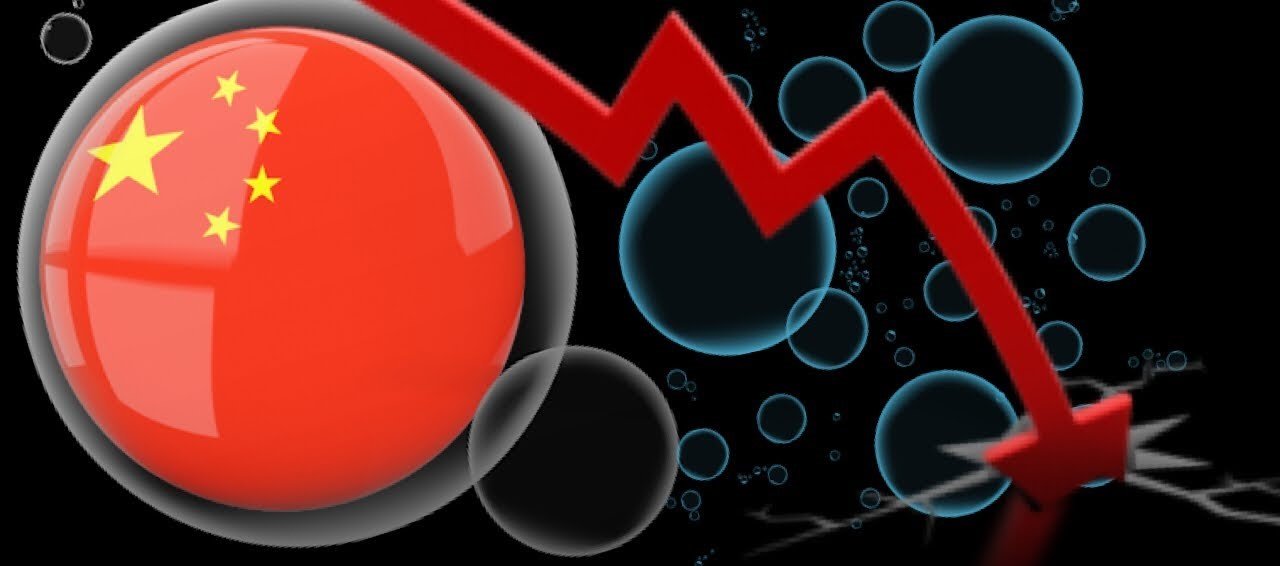

Jul
Whenever one comes across headlines such as those about China consuming more cement in two years than the United States throughout the entire 20th century, there’s a natural tendency to raise an eyebrow and wonder how sustainable China’s growth can be considered or even more so, if the entire construction isn’t actually just one huge economic bubble.
Before jumping to conclusions (as a quick hint, there isn’t a simple conclusion to be drawn, as the equation is remarkably complex), it’s important to take a few steps back and see the bigger picture, which among other things also involves variables that China has no control over. First and foremost, let’s start by answering one straightforward question:
Can China’s growth be considered sustainable?
The answer is (unfortunately) no, for two main reasons.
On the one hand, yearly growth rates such as the 10%+ ones China had gotten accustomed to prior to 2010 can only occur for so long. To put it differently, China was such a poor nation let’s say prior to the 1978 reforms that not only were 10%+ YOY growth rates possible, they were a requirement if China were to ever hope to catch up with Western nations. Nowadays, however, with the GDP Per Capita of China being 25 times greater than the status quo right after Mao Zedong’s death, there isn’t nearly as much catching up to do. While it is true that according to recent World Bank data, China’s GDP Per Capita is still 6.5 times lower than that of the United States, we need to understand that such a gap can also easily be filled with growth rates below 10%. As such, even if the structure of China’s growth were 100% sound, 10%+ YOY growth rates have to eventually stop.
On the other hand, we do have to be honest and acknowledge that structurally-speaking, China’s growth hasn’t always been remarkably sound. While it is praiseworthy that such efforts have been made to facilitate infrastructure investments, it doesn’t take much research to realize that things have gone too far on more than one occasion. Whether we are referring to infrastructure spending that wasn’t justified by the current or projected economic activity levels for certain regions or to the (in)famous “ghost towns” which tend to be perceived as a textbook example of taking brick & mortar investments too far, examples of misallocation of capital are not hard to come by.
Therefore, it would be a stretch to call China’s growth sustainable.
However, let us not forget that we cannot simply take a look at China in isolation. If China would have been among the few nations out there which have experienced less than sustainable GDP growth then yes, a case could be made that being downright frightened makes sense. But what about Western economies? What about the United States, which pumped as much as $85 billion per month into the financial system at the height of its post-Great-Recession quantitative easing efforts… more in one year than the entire monetary base from 1913 (when the Federal Reserve appeared, the third central bank of the US) up until the Great Recession? What about the European Union, where even more has been injected into the financial system at the height of its quantitative easing efforts and where interest rates even ventured into negative territory?
As can be seen, not only is unsustainable GDP growth not rare, it is actually the norm. Furthermore, tangible investments represent a very significant chunk of the equation in China… maybe not always the wisest tangible investments one could have made but still, observable. The same cannot be said about the West, where a lot of debt, money creation and debt-fueled money creation simply went into reckless consumption. Again, comparatively. As such, a valid case could be made that of a series of countries that have all engaged in unsustainable spending, at least the Chinese unsustainable spending tends to leave more behind.
In a nutshell: yes, economic bubbles are all around us.
Whether we’re talking about let’s say the US stock market that is flirting with record highs (unlike the Chinese one, which has been performing rather poorly), the international bond market mega-bubble which has investors seriously underestimating the risks associated with lending money to highly debt-ridden nations or the construction boom of China, we are literally surrounded by economic bubbles, with the unsustainable becoming status quo.
Is China one huge economic bubble?
No. The entire financial system is one huge economic bubble. As the old investing adage goes, the market can remain irrational longer than you can stay solvent, so who knows… this state of anomaly might persist for a long time, or bubbles might start popping tomorrow. You never know, as humans tend to be notoriously bad at predicting the future.
The questions we SHOULD be asking ourselves are, in this author’s opinion, these:
- Once the various bubbles pop (including, yes, Chinese ones) but the dust eventually settles, will China be (comparatively) better or worse off than Western nations?
- From the perspective of an investor who is well-positioned enough to take advantage of various post-crisis opportunities that invariably emerge… will China be able to put a better or worse risk/reward ratio on the table compared to other opportunities?
The answers to these two questions might make you realize that despite there being various bubbles lingering in the Chinese economy, well-prepared investors who follow China may just be be asymmetrically rewarded compared to other investors by taking action when the time is right, something ChinaFund.com is here to help with.
